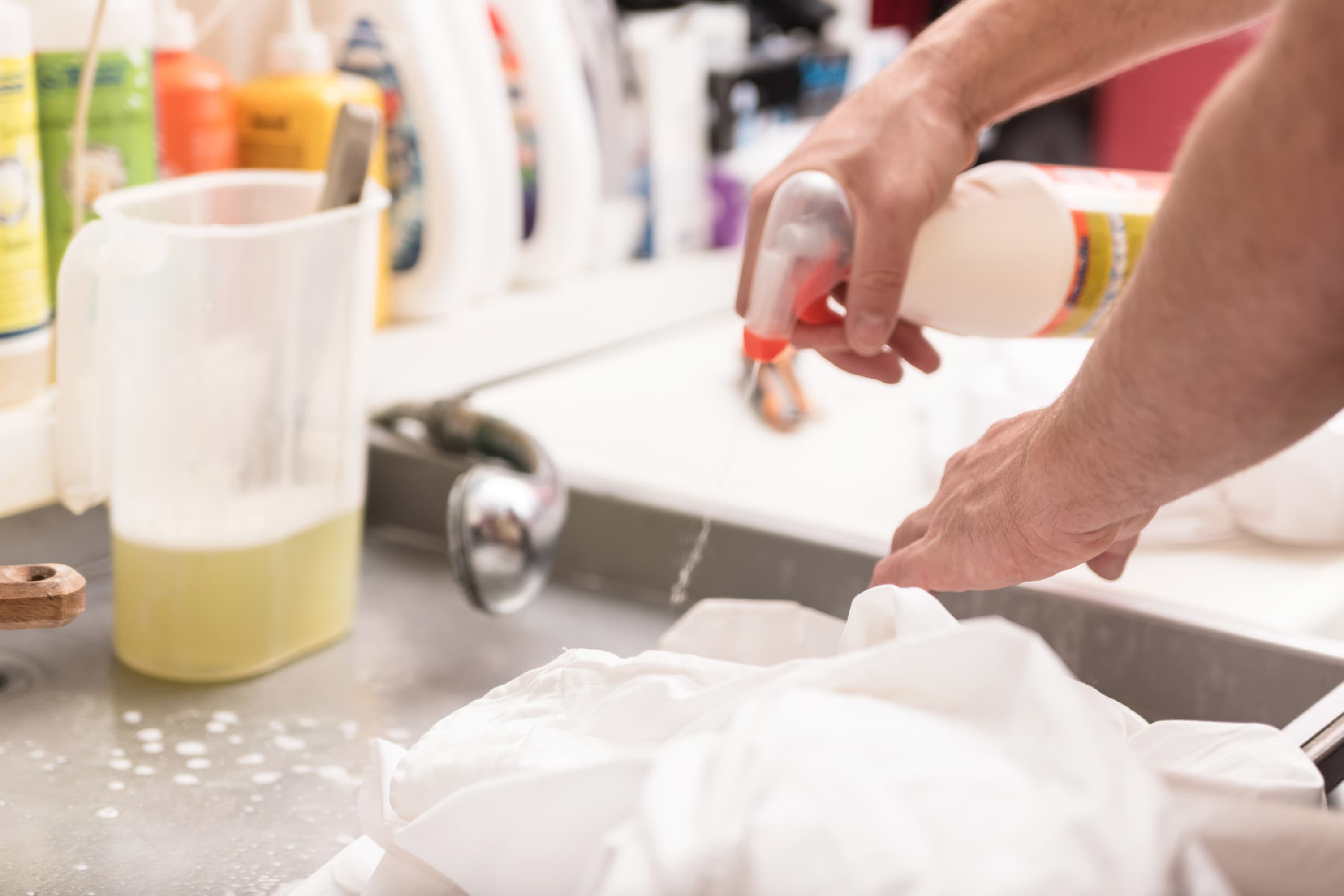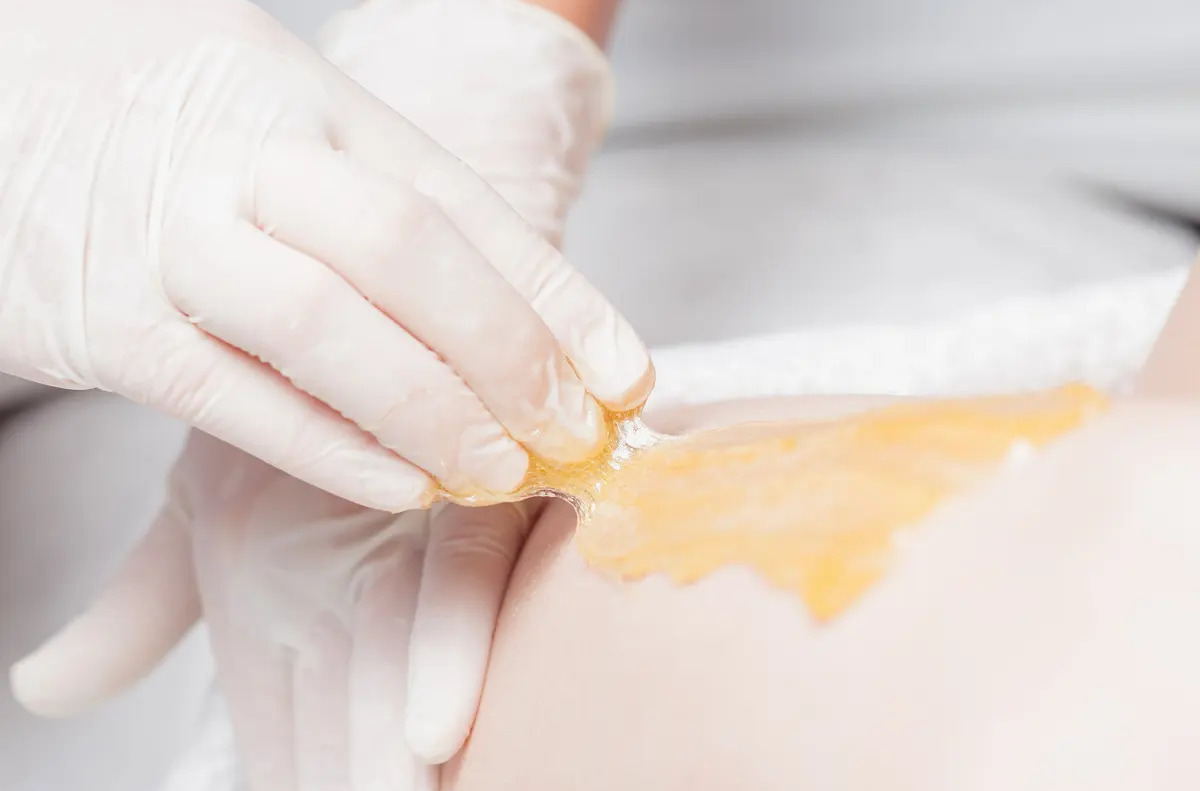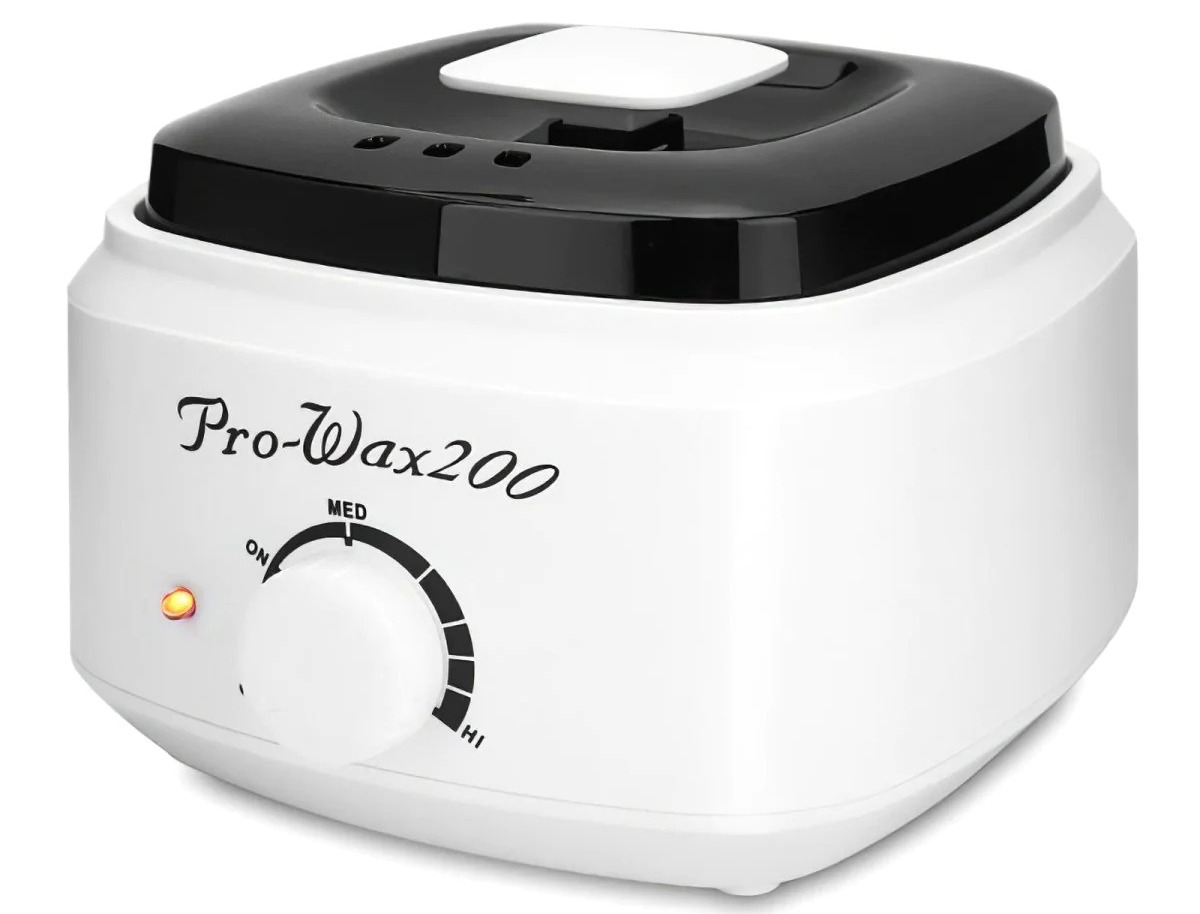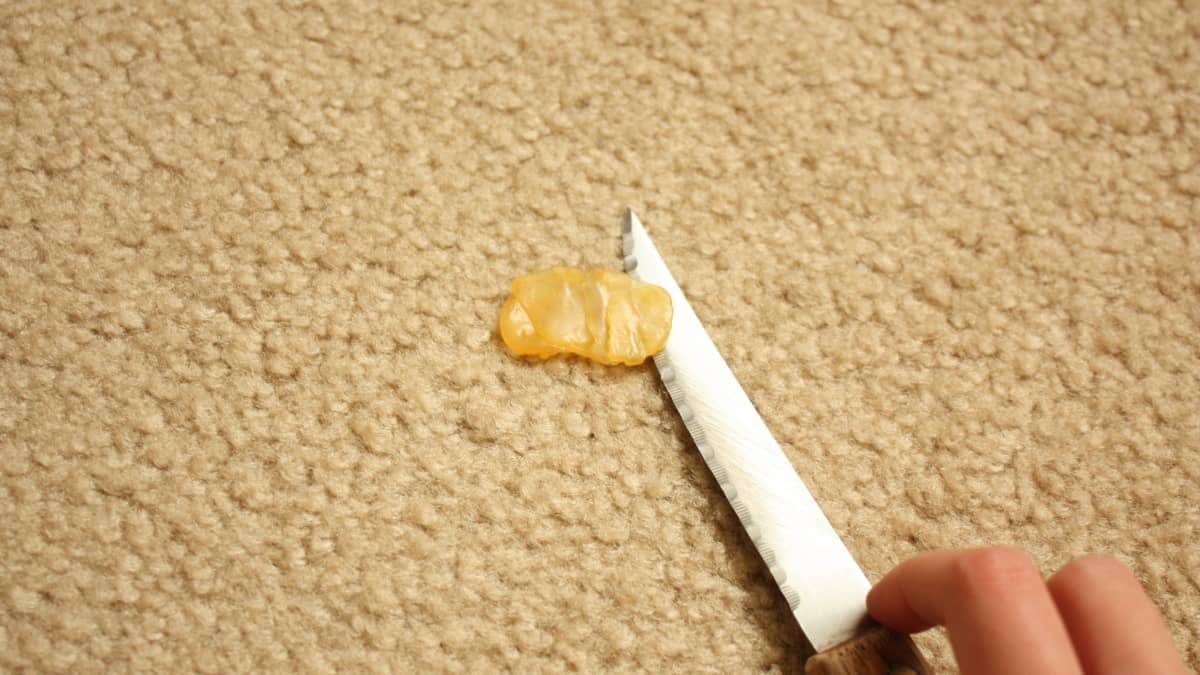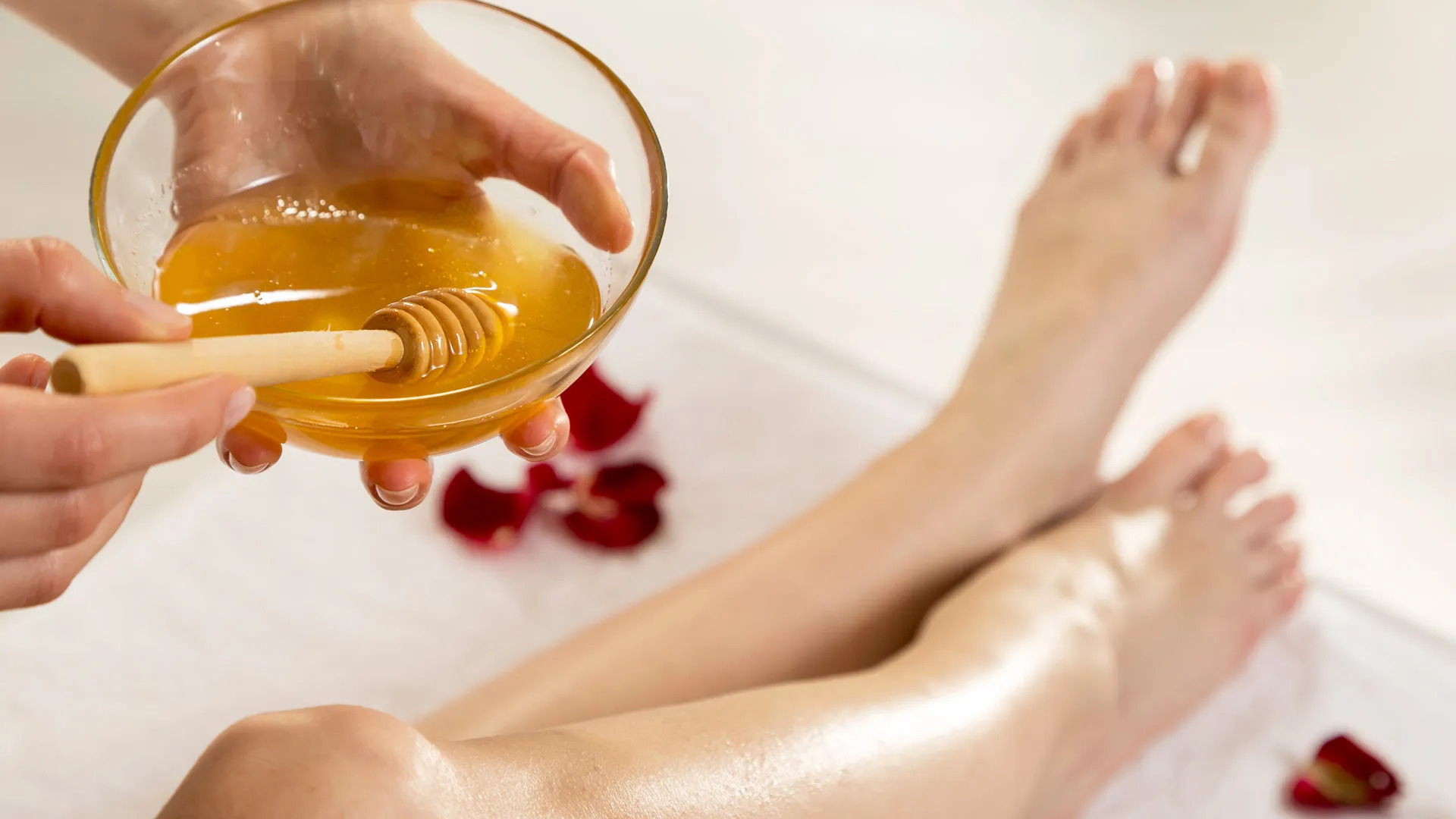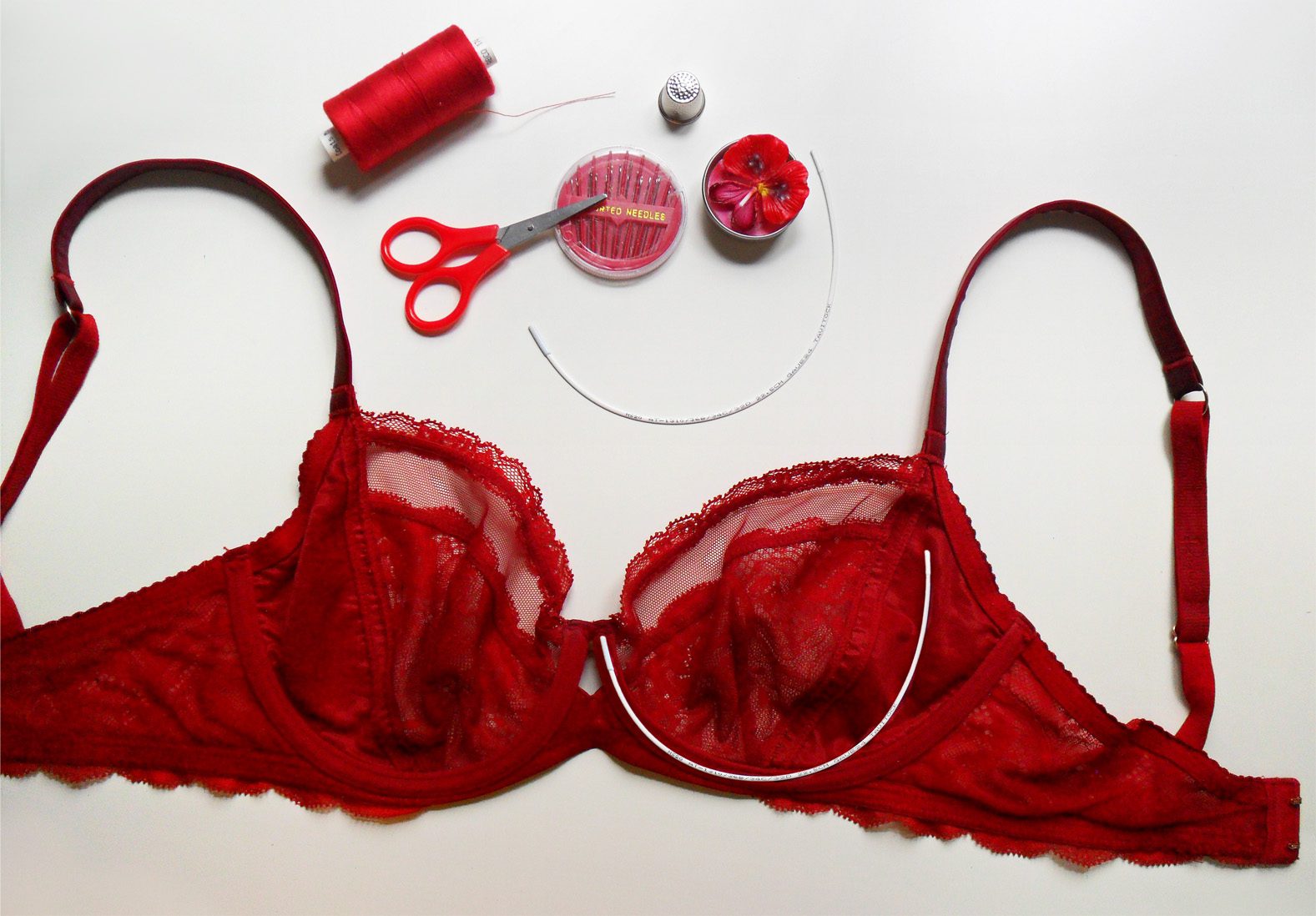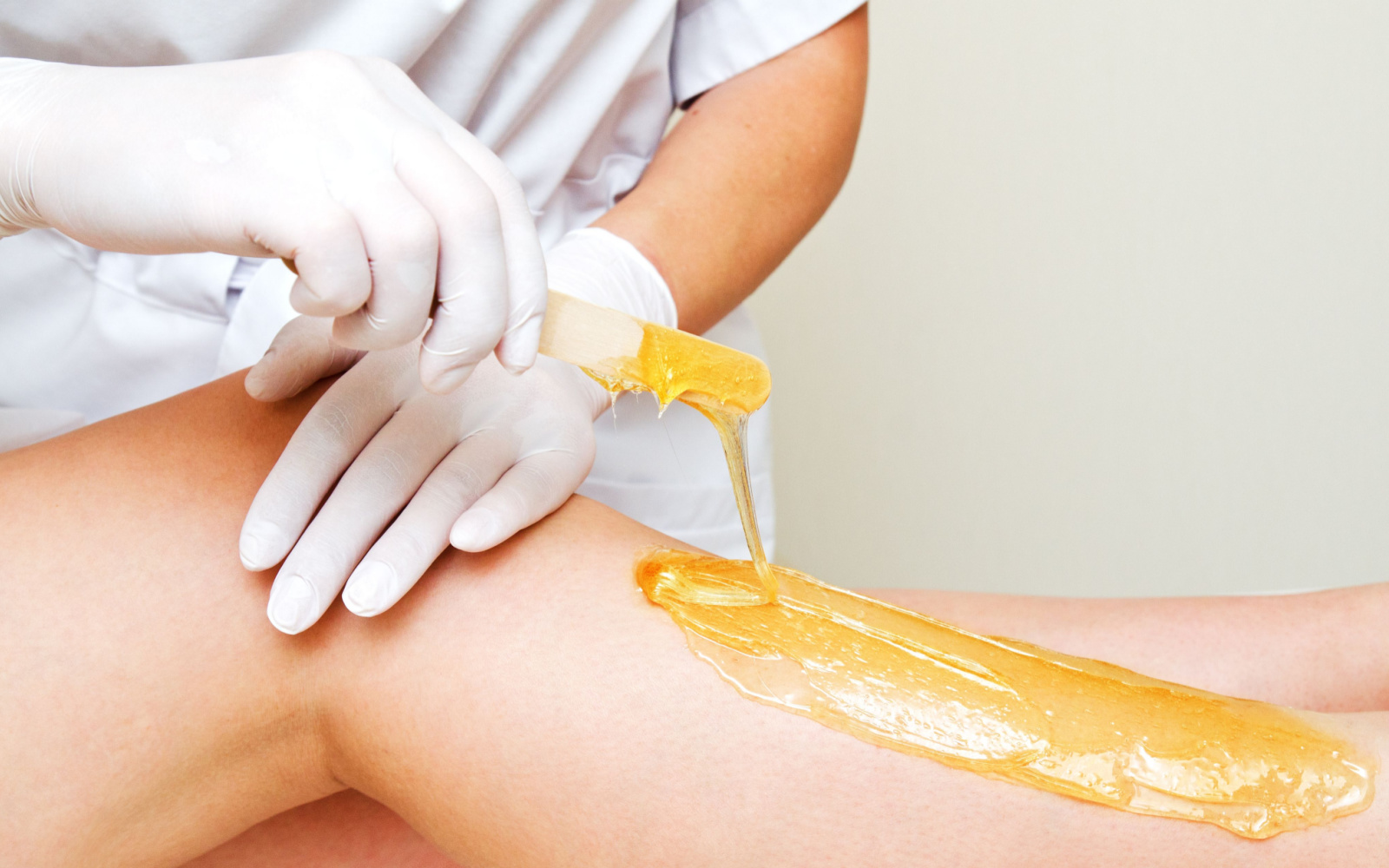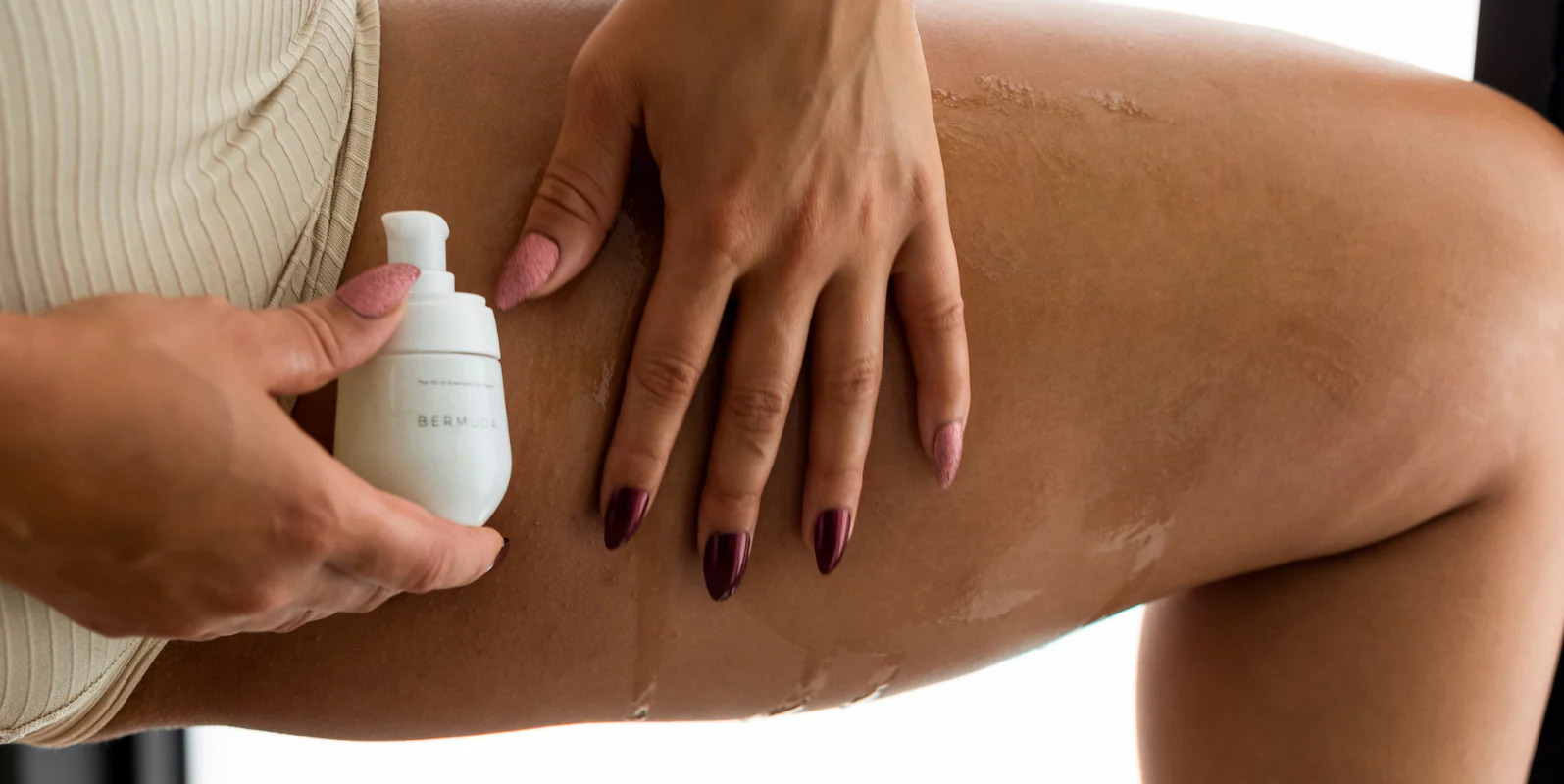Home>How-to Guides>For Women>How To Remove Hair Removal Wax From Skin


For Women
How To Remove Hair Removal Wax From Skin
Modified: August 5, 2023
Discover effective ways for women to remove hair removal wax from skin. Say goodbye to stubborn residue with these simple and helpful tips.
(Many of the links in this article redirect to a specific reviewed product. Your purchase of these products through affiliate links helps to generate commission for Under-tec.com, at no extra cost. Learn more)
Table of Contents
Introduction
Welcome to the world of hair removal! Whether you’re a seasoned pro or new to the game, at some point or another, you may find yourself faced with the task of removing hair removal wax from your skin. While waxing is an effective method for achieving smooth and hair-free skin, cleaning up afterwards can sometimes be a bit tricky.
In this article, we’ll delve into the world of hair removal wax, discussing the different types of wax and their potential benefits and drawbacks. We’ll then provide you with valuable tips and insights on how to safely and efficiently remove wax residue from your skin, leaving it clean, soft, and irritation-free.
So, whether you’ve had a minor mishap during a DIY waxing session or you’re simply looking for pro tips on how to remove wax residue effectively, we’ve got you covered. Say goodbye to sticky and uncomfortable post-wax skin and hello to a flawless and refreshed complexion!
Understanding Hair Removal Wax
Hair removal wax is a popular method for achieving smooth and hair-free skin, as it effectively removes hair from the root, resulting in longer-lasting results compared to shaving. There are two main types of hair removal wax: hot wax and strip wax.
Hot wax, also known as hard wax, is heated until it melts into a thick and sticky consistency. It is applied to the skin in the direction of hair growth and left to cool and harden. Once hardened, the wax is quickly pulled off in the opposite direction of hair growth, taking the hair along with it. This type of wax is commonly used for sensitive areas like the bikini line, underarms, and face, as it adheres to the hair more than the skin, minimizing discomfort.
On the other hand, strip wax, also known as soft wax, is applied to the skin in a thin layer using a roller or spatula. A strip of fabric or paper is then pressed onto the wax and swiftly pulled off in the opposite direction of hair growth, removing the hair from the root. Strip wax is often used on larger areas like the legs, arms, and back, as it allows for quicker and more efficient hair removal.
Both hot wax and strip wax can leave behind wax residue on the skin, which can be sticky and uncomfortable. It is important to properly remove this residue to avoid skin irritation and ensure a smooth and clean finish.
Additionally, it’s worth noting that hair removal wax can vary in ingredients and formulations. Some waxes are made with natural ingredients like beeswax or sugar, while others may contain synthetic additives. It’s important to choose a wax that suits your skin type and preferences to minimize the risk of adverse reactions or discomfort.
Preparing Your Skin for Wax Removal
Before diving into the process of removing hair removal wax from your skin, it’s crucial to properly prepare your skin to minimize any potential discomfort or irritation. Here are some steps to follow:
- Cleanse your skin: Start by cleansing the area where the wax residue needs to be removed. Use a gentle cleanser to remove any dirt, oils, or residue that may be present on the skin’s surface. Pat your skin dry using a clean towel.
- Exfoliate: Exfoliation is a key step in preparing your skin for wax removal. Use a gentle exfoliating scrub or a washcloth to slough off any dead skin cells and help loosen the wax residue. Be careful not to scrub too harshly, as it may irritate the skin. Rinse off the exfoliator and pat your skin dry.
- Apply a calming agent: If your skin is sensitive or prone to irritation, consider applying a soothing product, such as aloe vera gel or a post-waxing lotion. This will help calm the skin and reduce redness and inflammation caused by the waxing process.
By following these preparatory steps, you’ll create an optimal canvas for removing hair removal wax from your skin. Now, let’s explore the different methods you can use to tackle that wax residue effectively.
Removing Hair Removal Wax Using Oil
One of the most effective and gentle ways to remove wax residue from the skin is by using oil. Oils help to break down the wax, making it easier to remove. Here’s how you can use oil for wax removal:
- Choose the right oil: Opt for a natural oil, such as coconut oil, olive oil, or baby oil. These oils are gentle on the skin and have moisturizing properties.
- Apply the oil: Take a small amount of oil and apply it directly onto the area with wax residue. Massage the oil gently into the skin using circular motions. Allow the oil to penetrate the wax for a few minutes.
- Remove the wax: Take a clean cloth or cotton pad and gently wipe away the oil and wax residue. You may need to repeat this step a few times until all the wax is removed. Be gentle to avoid any skin irritation.
- Cleanse and moisturize: After removing the wax residue, cleanse your skin with a gentle cleanser to remove any oil residue. Follow up with a moisturizer to keep your skin hydrated and nourished.
This method is not only effective at removing wax residue but also leaves your skin feeling smooth and moisturized. However, make sure to do a patch test beforehand to ensure you have no adverse reactions to the oil you choose.
Removing Hair Removal Wax Using Warm Water
If you don’t have any oil on hand, another effective method for removing hair removal wax residue is by using warm water. Follow these simple steps:
- Heat some water: Start by heating some water to a comfortably warm temperature. Do not use boiling water, as it can harm your skin.
- Soak a clean cloth: Dip a clean cloth or washcloth into the warm water and wring out any excess water. You want the cloth to be damp but not dripping.
- Apply the cloth to the wax residue: Gently press the damp cloth onto the area with wax residue. Allow the warmth of the cloth to soften the wax and loosen its grip on the skin. Leave the cloth on for a few minutes.
- Wipe away the wax: After the wax has been softened, use the cloth to wipe away the wax residue. You may need to repeat this step a few times until all the wax is removed. Be gentle to avoid any skin irritation.
- Pat dry and moisturize: Once the wax residue is removed, pat your skin dry with a clean towel. Follow up with a moisturizer to replenish any hydration lost during the process.
This method is simple, cost-effective, and suitable for those who may have sensitive skin or allergies to certain oils. It also provides a soothing sensation to the skin, thanks to the warmth of the water.
Note: If you find that the warm water alone is not enough to remove the wax residue completely, you can combine this method with the use of a gentle cleanser or soap to help break down any stubborn wax remnants.
Removing Hair Removal Wax Using Specialized Wax Remover Products
If you prefer a more targeted approach, there are specialized wax remover products available in the market that can effectively remove hair removal wax residue. These products are specifically formulated to dissolve and lift away stubborn wax. Here’s how you can use them:
- Choose a wax remover product: Look for a reputable wax remover product that is designed specifically for removing wax residue from the skin. You can find these products in the form of lotions, oils, sprays, or gels.
- Follow the instructions: Read and follow the instructions provided by the product manufacturer carefully. Different products may have unique application and removal methods.
- Apply the wax remover product: Apply a small amount of the product onto the wax residue. Massage it gently into the skin, focusing on the areas with the most stubborn wax. Allow the product to sit for the recommended amount of time.
- Remove the wax residue: Use a clean cloth or cotton pad to gently wipe away the wax and product residue. Repeat this step if necessary until all the wax is removed.
- Cleanse and moisturize: After removing the wax residue, cleanse your skin with a gentle cleanser to remove any product residue. Follow up with a moisturizer to keep your skin hydrated and nourished.
Specialized wax remover products can be a convenient option, especially when dealing with stubborn wax residue. They are formulated to target and dissolve the wax, making the removal process quicker and more efficient. However, always perform a patch test on a small area of skin before using any new product to check for any adverse reactions.
Tips and Precautions
When it comes to removing hair removal wax residue from your skin, it’s important to take certain precautions and follow some helpful tips to ensure a smooth and safe experience. Here are some tips to keep in mind:
- Be gentle: When removing wax residue, always be gentle with your skin. Avoid scrubbing too vigorously or using harsh chemicals that could irritate or damage the skin.
- Test for allergies: Before using any new product or method for wax removal, it’s crucial to perform a patch test on a small area of skin to check for any allergic reactions or sensitivities.
- Follow instructions: Whether you’re using oil, warm water, or specialized wax remover products, make sure to carefully read and follow the instructions provided by the product manufacturer for safe and effective use.
- Avoid scratching or picking: It’s natural to feel tempted to scratch or pick at wax residue, but this can lead to further irritation, redness, or even infection. Patience is key, so avoid touching the area and let the designated removal method do its work.
- Moisturize the skin: After removing wax residue, it’s important to moisturize your skin to prevent dryness and keep it hydrated. Use a gentle, fragrance-free moisturizer to soothe the skin and restore its natural balance.
- Consider professional assistance: If you’re having trouble removing stubborn wax residue or if you don’t feel confident in doing it yourself, consider seeking assistance from a professional esthetician who can safely and effectively remove the residue for you.
By following these tips and precautions, you can ensure a successful wax residue removal process without causing any harm to your skin. Remember, taking proper care of your skin before, during, and after waxing is key to maintaining a healthy and smooth complexion.
Conclusion
Removing hair removal wax residue from your skin doesn’t have to be a daunting task. With the right techniques and products, you can effectively and safely remove the wax, leaving your skin smooth and clean. Whether you choose to use oil, warm water, or specialized wax remover products, each method offers its own benefits and can be tailored to suit your preferences and skin type.
Remember to properly prepare your skin before attempting to remove wax residue by cleansing, exfoliating, and moisturizing. This will create the ideal canvas for wax removal. Be gentle when applying any method or product to your skin and follow the instructions provided for best results.
Additionally, don’t forget to moisturize your skin after wax residue removal to replenish hydration and keep it healthy. Taking precautions, such as performing patch tests and avoiding scratching or picking at the skin, is essential to prevent any adverse reactions or further irritation.
If you encounter difficulties in removing stubborn wax residue or you’re unsure about the process, it’s always a good idea to seek assistance from a professional esthetician who can resolve the issue safely and effectively.
By following these tips and techniques, you can say goodbye to sticky and uncomfortable post-wax skin and hello to a flawless and refreshed complexion. Embrace the wonders of waxing with confidence, knowing that you have the knowledge and tools to remove any wax residue with ease.
